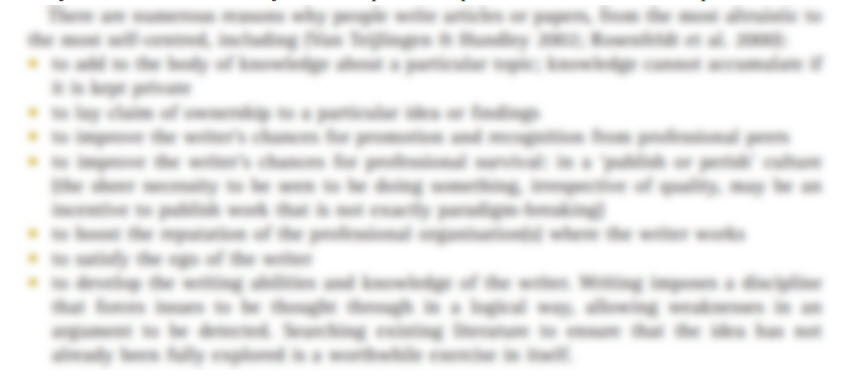This writing guide follows on from my previous writing guide, How to Structure Bullet Point Lists and focuses on when to use bullet points and when to use paragraphs. Although the difference between the two is obvious, some writers create unwieldy bullet points (see Figure 1) that would serve better as a paragraph or write dense paragraphs that could serve the reader better if presented as bullet point lists.
Before a comparison between the two can be made, the information must be in a form of a list or be easily converted into a list, and this is usually possible if a paragraph has the structure of a statement, followed by examples.
The following example could be written as either a paragraph or a bullet-point list.
“Technical communicators can create technical information for new products or update existing information. They might research or test a product to interpret and test technical information or specifications. Some tasks include working with or interviewing subject matter experts (SMEs) to extract information and uncover the missing details that a user might need to know.” (From https://www.astc.org.au/about-technical-communications)
In this example, the introductory element is: “Technical communicators can create technical information for new products or update existing information.” Everything else in the paragraph are examples of these tasks.
With minimal changes, this could be rewritten into a bullet-point list as follows:
Technical communicators can create technical information for new products or update existing information. Some tasks may include:
- research or test a product to interpret
- test technical information or specifications
- work with or interview subject matter experts (SMEs) to extract information and uncover the missing details that a user might need to know.

Figure 1: This is an example of a complicated bullet point list: some list items are very long
Some factors to consider when choosing to write paragraphs or bullet point lists
1. The length of your sentences
If your sentences are:
- long, bullet points might be easier to read.
- short and there are a few of them, paragraphs may be just as easy to read as a bullet point list.
2. The number of list items
- If you have more than three list items within a sentence, consider turning them into bullet point lists.
- If you have many list items (i.e. more than 8-10), they may be difficult to read as either bullet point lists or paragraphs. If you do have very lengthy lists, consider using a table instead.
3. The number of bullet point lists in your document
The number and placement of bullet point lists affects the layout and presentation of your document. Too many successive bullet point lists may be difficult to read. If most of your document does consist of bullet point lists, try turning some into paragraphs to help break up the text. Be mindful that if you write bullet point lists within bullet point lists (also known as multilevel lists) make sure they are not difficult to read.
4. The size and number of your paragraphs
If you have many large paragraphs within a document, turning some into bullet point lists will help break up the text. Also consider breaking up large paragraphs into smaller paragraphs.
If you have many small paragraphs, then bullet point lists may not be necessary. Sometimes I find that if a document has lots of small (single sentence) paragraphs, then it ends up looking like a continuous bullet point list anyway.
Finally, don’t forget that the layout of your document influences its’ readability. So consider:
- What is the best way to effectively arrange your paragraphs and bullet point lists within your document?
- What is the best way to incorporate paragraphs and bullet point lists with other important features such as figures, tables, images and headings.
© Dr Marina Hurley 2021 www.writingclearscience.com.au
Any suggestions or comments please email admin@writingclearscience.com.au
Find out more about our online science writing course...
Now includes feedback on your writing Learn more...
SUBSCRIBE to the Writing Clear Science Newsletter
to keep informed about our latest blogs, webinars and writing courses.
FURTHER READING
- Should we use active or passive voice?
- 10 writing tips for the struggling ESL science writer
- Co-authors should define their roles and responsibilities before they start writing
- How to write when you don’t feel like it
- When to cite and when not to
- Back to basics: science knowledge is gained while information is produced
- How to build and maintain confidence as a writer
- If science was perfect, it wouldn’t be science
- The essentials of science writing: What is science writing?
- 8 steps to writing your first draft
- Two ways to be an inefficient writer
- Work-procrastination: important stuff that keeps us from writing


